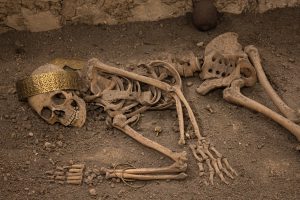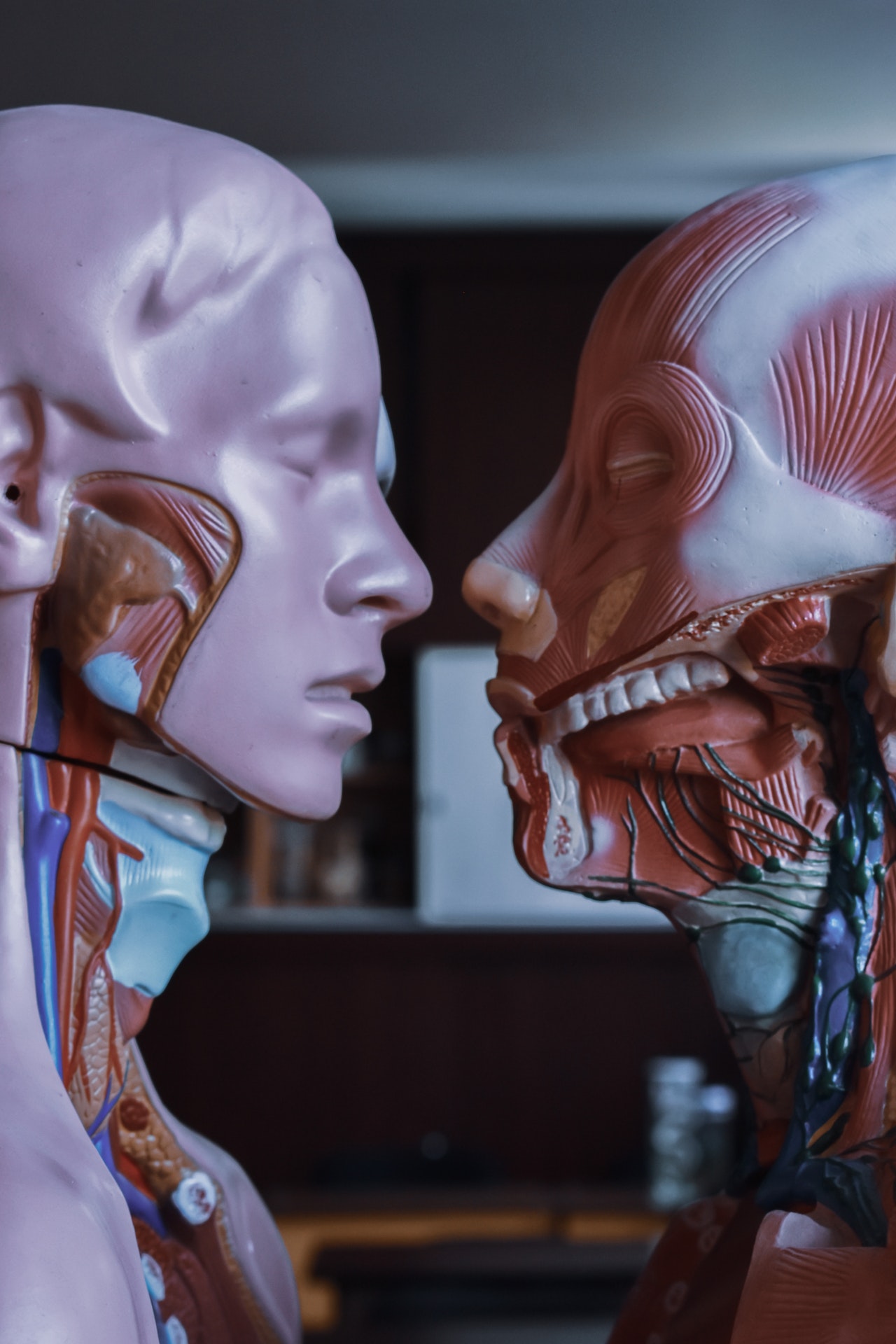Anatomy is the foundation of our understanding of the human body, a profound exploration of the intricate structures that make up our physical form. It’s a discipline that has fascinated scholars and medical practitioners for centuries, and its importance cannot be overstated. In “Mastering Anatomy: A Comprehensive Guide to Human Organ Systems,” we delve deep into this captivating field, unlocking its secrets and unraveling the mysteries of the human body.
The Wonders of Anatomy
Anatomy, derived from the Greek word “anatome” meaning “dissection,” is the study of the structure and organization of living organisms. In the realm of human biology, it’s the science that empowers us to comprehend how our bodies function, from the tiniest cells to the most complex organ systems. Without a doubt, anatomy serves as the cornerstone of medical knowledge, providing the necessary framework for diagnosis, treatment, and understanding the impact of various health conditions.
As we embark on this comprehensive journey through the human organ systems, we’ll first explore the essence of anatomy and its significance in the medical field. Anatomy, in its purest form, offers a unique perspective on the inner workings of the human body. It allows us to appreciate the beauty of nature’s design and the remarkable complexity of our existence. From the intricate pathways of the nervous system to the synchronized beating of the heart, anatomy serves as a guide to the marvels of human biology.
The Foundation of Medical Knowledge
Anatomy is not just a subject of intellectual curiosity; it’s the linchpin upon which modern medicine is built. Without a thorough understanding of anatomy, healthcare professionals would be ill-equipped to diagnose illnesses, perform surgeries, or develop treatments. It is the essential knowledge that allows a surgeon to navigate the human body with precision or a radiologist to interpret complex imaging. Thus, “Mastering Anatomy” becomes more than just a textbook; it’s a critical resource that underpins medical practice.
Now, let’s explore the six core areas within the field of anatomy covered in this comprehensive guide:
1. The Skeletal System
The skeletal system, primarily composed of bones, provides the framework and support for the entire body. Bones are more than just a static structure; they are dynamic, living tissues that play a crucial role in mobility, blood cell production, and mineral storage. Understanding the anatomy of the skeletal system is essential for diagnosing fractures, joint disorders, and various bone-related conditions. It is within this system that we witness the remarkable process of bone remodeling, where old bone is replaced with new. Mastery of skeletal anatomy is the key to mending broken bones and ensuring our bodies remain upright.
2. The Muscular System
When we think of anatomy, muscles are often one of the first aspects that come to mind. The muscular system, composed of more than 600 individual muscles, governs our movements and actions. Whether it’s the powerful contractions of the heart muscle or the precise movements of skeletal muscles controlling our limbs, an in-depth knowledge of muscular anatomy is vital for physical therapists, sports trainers, and anyone interested in the mechanics of human movement. “Mastering Anatomy” will provide an in-depth understanding of muscle structure, function, and the mechanisms behind muscle contraction.
3. The Nervous System
The nervous system, the body’s communication network, is another captivating focus of anatomy. It comprises the central nervous system (brain and spinal cord) and the peripheral nervous system (nerves throughout the body). Through a complex web of neurons, our nervous system controls every bodily function, from thought processes to the coordination of muscle movements. Understanding the intricate pathways within this system is imperative for neurologists, psychiatrists, and anyone seeking to unravel the mysteries of the mind. “Mastering Anatomy” offers a comprehensive exploration of the brain’s anatomy, the functions of various regions, and the role of nerves in transmitting information.
4. The Cardiovascular System
The cardiovascular system, with its heart at the helm, is the body’s transportation network. It ensures the delivery of oxygen, nutrients, and hormones to cells while removing waste products. Cardiovascular anatomy is of paramount importance for cardiologists, nurses, and anyone concerned with heart health. This section of our guide will delve into the heart’s structure, the circulation of blood through arteries and veins, and the intricate anatomy of heart valves. “Mastering Anatomy” illuminates the mechanisms that keep our most vital organ pumping and explores conditions such as heart disease and hypertension.
5. The Respiratory System
Anatomy extends its reach to the respiratory system, responsible for the exchange of oxygen and carbon dioxide. This system encompasses the nose, throat, trachea, and lungs. Understanding respiratory anatomy is essential for pulmonologists, anesthesiologists, and those interested in maintaining healthy lung function. We will explore the intricacies of lung structure, the mechanics of breathing, and the role of various respiratory muscles. “Mastering Anatomy” equips you to comprehend conditions like asthma, bronchitis, and the challenges faced by those with respiratory disorders.
6. The Digestive System
The digestive system plays a fundamental role in breaking down food into nutrients and energy. It includes the mouth, esophagus, stomach, and intestines, all of which have unique anatomical features. Mastery of digestive anatomy is essential for gastroenterologists, dietitians, and individuals interested in maintaining good health through proper nutrition. Our guide will lead you through the anatomy of the gastrointestinal tract, highlighting the function of various digestive organs, absorption processes, and common digestive disorders. You will gain a profound understanding of how the body converts food into energy and nutrients.
Anatomy: In Conclusion
In the grand tapestry of human biology, anatomy is the intricate weaving that binds everything together. “Mastering Anatomy: A Comprehensive Guide to Human Organ Systems” is your key to unraveling the marvels of the human body, from the solid scaffolding of the skeletal system to the pulsating rhythm of the cardiovascular system. This guide serves as a beacon, illuminating the path to understanding, diagnosing, and treating various health conditions. As you embark on this journey through the realms of human anatomy, you will not only gain knowledge but also foster a deeper appreciation for the remarkable design of the human body. Anatomy is more than just science; it’s a gateway to wonder and amazement, unveiling the profound beauty of the vessel that houses our existence.

